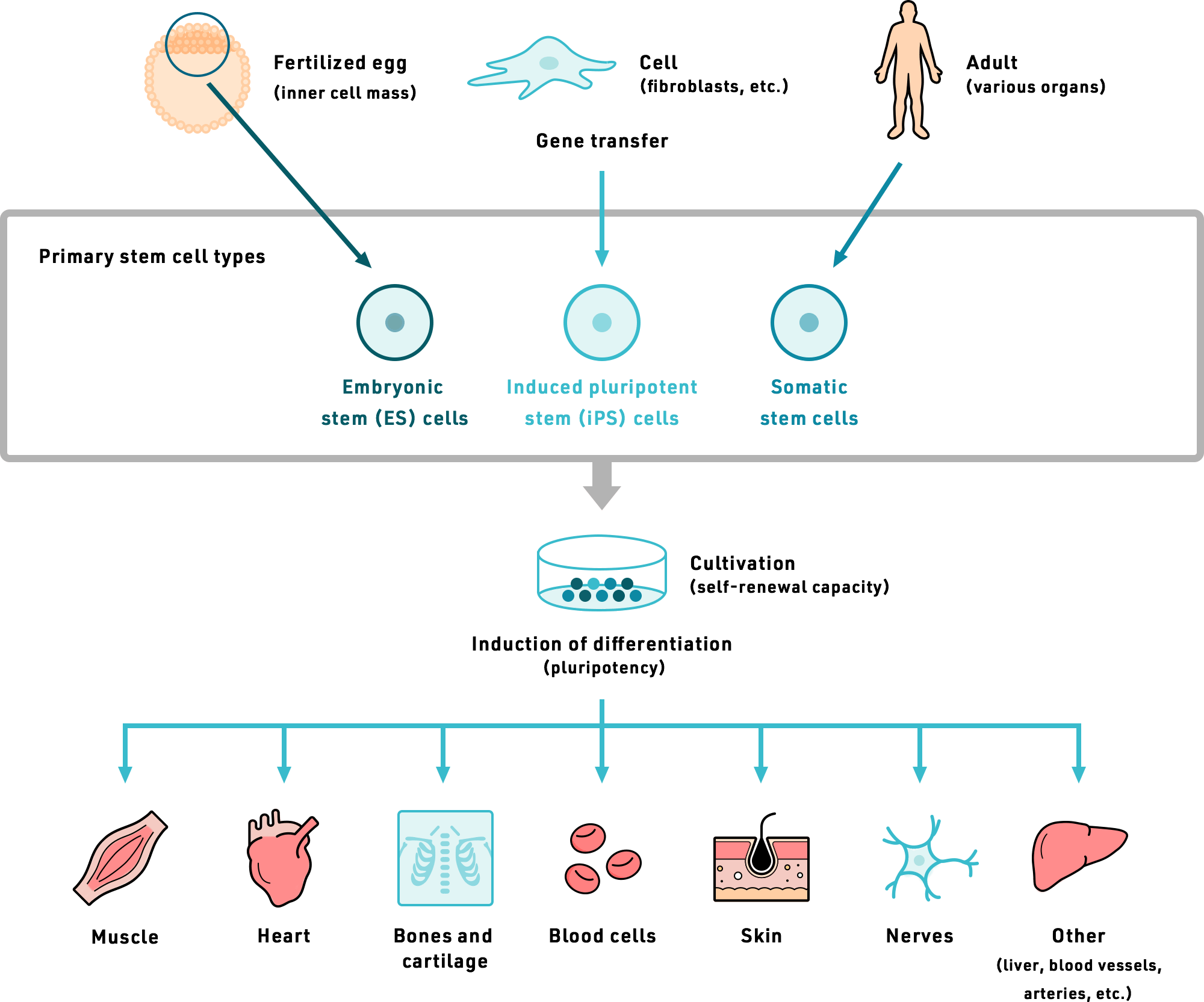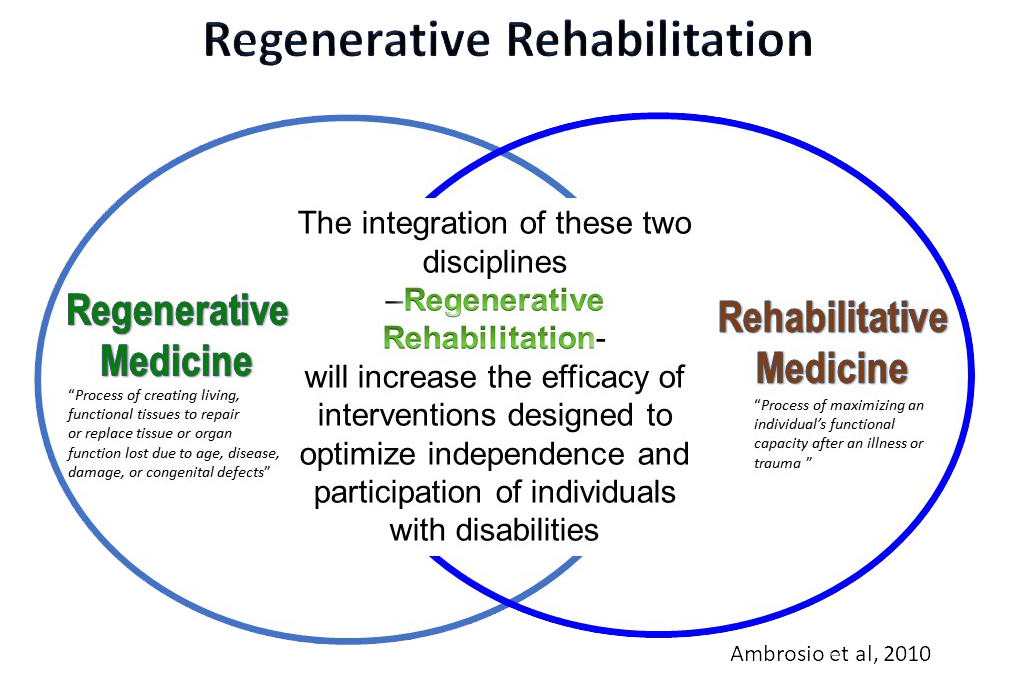Table of Contents

[/image][=video]
[/video]
Viscosupplementation: Injection of hyaluronic acid right into intra-articular room can restore the viscosity and elasticity of osteoarthritic synovial fluid. HA plays an essential role in shock absorption, lubrication, and the visco-elastic nature of the synovial fluid. Prolotherapy: Prolotherapy is the injection of a solution to restore an unskilled framework and advertise sclerosis at the injection site.
More than one therapy session might be called for before results are really felt and, as with any treatment, results are not guaranteed. A stem cell does not serve a particular bodily feature, yet it can develop into a cell that does, such as a cartilage material cell or a ligament cell. Physicians that make use of stem cell therapy believe that, when put into a specific setting, stem cells can change to satisfy a particular demand.
To make PRP, blood is taken from the person and then processedoften making use of a centrifugeto produce a concentrated solution of platelets and plasma (PRP).: All PRP is not the exact same.
Swelling raises blood circulation and draws in cellsgranulocytes, monocytes, macrophages and fibroblaststhat can repair and recover broken tissues. During prolotherapy, a physician infuses an irritant right into the damaged location, which briefly raises inflammation.
Perimenopause Treatment

Prolotherapy in some cases makes use of PRP as an irritant, however prolotherapy is not by interpretation a mobile treatment. Actually, the most generally utilized toxic irritant is dextrose, an easy sugar. Compounds such as glycerine or saline might likewise be used.: Compared with various other regenerative medicine therapies, such as stem cell and PRP shots, there is not a lot of medical research study concerning prolotherapy and its effectiveness.
Different methods might be made use of to attempt to repair cartilage, including however not restricted to: Making tiny cuts or abrasions in the bone straight listed below the cartilage injury. The purpose is that the blood from the harmed bone will certainly assist in new cartilage cell development. Transplanting cartilage material from an additional component of the person's body, a contributor, or animal.
Regenerative medication seeks to replace tissue or organs that have been harmed by age, condition, trauma, or genetic problems, vs. the present professional approach that focuses mainly on dealing with the signs. The devices used to understand these end results are cells design, cellular therapies, and medical gadgets and synthetic organs. Combinations of these strategies can intensify our all-natural recovery procedure in the locations it is required most, or take control of the feature of a permanently damaged body organ.
When wounded or attacked by condition, our bodies have the natural feedback to heal and defend. What happens if it was feasible to harness the power of the body to heal and after that increase it in a clinically pertinent means? What happens if we could help the body recover much better? The promising area of regenerative medicine is working to bring back structure and function of broken cells and organs.
Stem Cell Therapy in Bay City
The goal of this strategy is to develop transformative health care solutions that will possibly cure previously untreatable injuries and diseases. Tissue design is a strategy where naturally suitable scaffolds are dental implanted in the body at the site where brand-new cells is to be developed. If the scaffold is in the geometric form of the tissue that requires to be created, and the scaffold brings in cells the result is new tissue in the shape desired.

Millions of individuals have actually been treated with some form of tissue engineered tools, yet the field is in its infancy. Numerous millions of grown-up stem cells are discovered in every human.
To get more information regarding a few of the promising researches and clinical tests involving mobile treatments, click on this link. In situations where an organ falls short, the primary professional strategy is to hair transplant a replacement body organ from a benefactor. The major difficulties are the schedule of contributor organs, and the requirement that the donor take immunosuppression drugswhich have side impacts.
Hormone Therapy local to Bay City, Michigan
Regenerative medicine extends a wide variety of disciplines in medication, biology, design, and various other areas of clinical study. While there are only a limited variety of accepted regenerative medication treatments for people now, many prospective therapies are in medical tests, or will be soon. These definitions are intended to assist you understand terms you may hear as regenerative medicine ends up being an extensive topic of discussion.
Biomaterials is a progressively sophisticated technology that mixes principles of engineering and biology to drive discovery and testing of therapies. The term generally refers to products that are developed for the objectives of engaging with living cells, tissues, organ, and systems. Biomaterials can be originated from natural resources, like healthy proteins or sugars, or from artificial substances, like polymers, steels, or plastic.
One popular category of biomaterials, referred to as hydrogels, are water-based frameworks with adjustable homes to residence cells in 3D rooms that resemble conditions in living cells. Next-generation biomaterials can be changed in real-time to route exactly how cells work in 3D room. Condition modeling is the use of pets, stem cells, and crafted tools to examine human diseases without the requirement for human subjects.
Menopause Therapy servicing Bay City
Diet regimen, lifestyle, exposure to sunshine, and aging are all factors that can create epigenetic changes. In the field of regenerative medication, scientists study just how epigenetic adjustments contribute to disease-causing mutations. In one investigation, ISCRM researchers belong to an initiative to create a genetics treatment to aid young boys and dogs with an uncommon muscular tissue problem to walk and thrive.
Navigation
Latest Posts
Perimenopause Treatment around Bay City
Stem Cell Therapy in Bay City
Medical Group